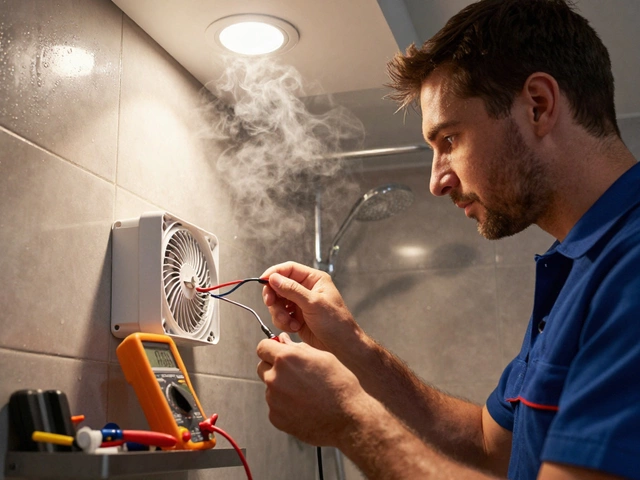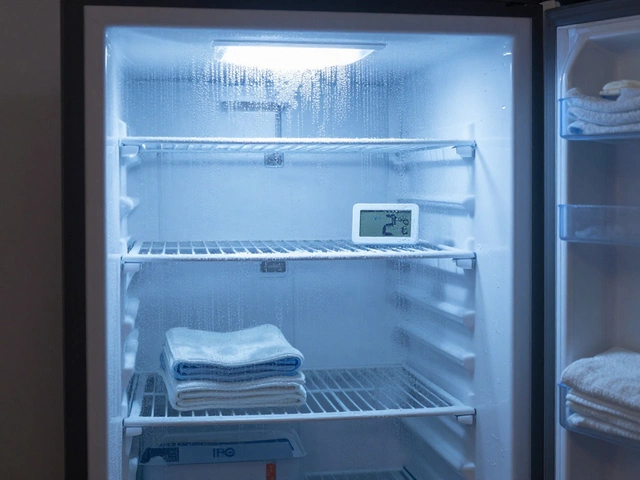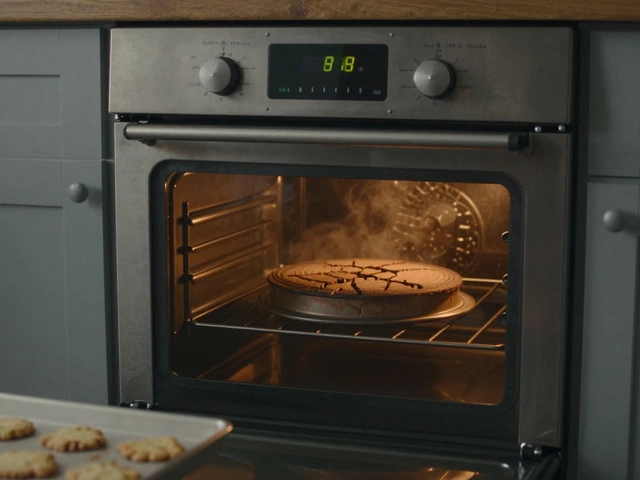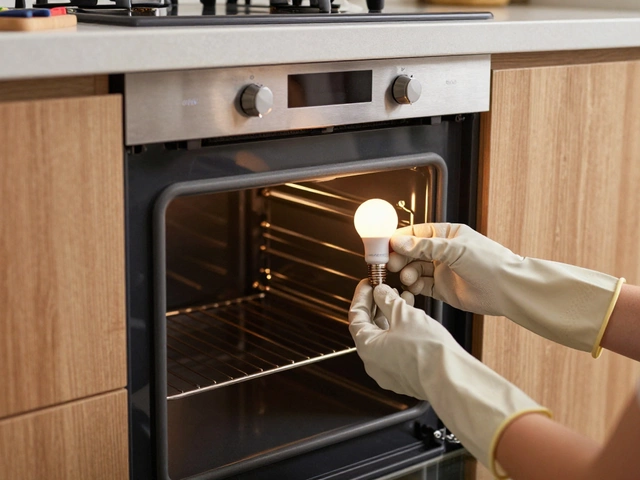Oven Error Codes Explained – What They Mean and How to Fix Them
If your oven suddenly flashes a code, you’re probably wondering what it says and if you can sort it yourself. Most modern ovens use error codes to point you toward the problem – a broken temperature sensor, a faulty heating element, or an issue with the control board. Knowing the basics can save you a callout fee and get your kitchen back in action faster.
Common Oven Error Codes and Their Causes
Below are the most frequent codes you’ll see on electric and gas ovens, plus the simple checks you can do before picking up the phone.
- F1 or E1 – Usually a temperature sensor fault. Check the wiring for loose connections, then test the sensor with a multimeter. If it reads far off the 1000‑2500Ω range, replace it.
- F2 or E2 – Indicates a door latch issue. Make sure the door shuts fully and the latch clicks into place. A broken latch may need a new part.
- F3 or E3 – Oven heating element problem. If the element is dark or cracked, it’s likely the culprit. Turn off power, remove the element, and inspect for breaks.
- F4 or E4 – Control board error. This one is trickier – try resetting the oven by unplugging it for a minute, then plugging it back in. If the code returns, the board may need replacement.
- F5 or E5 – Thermostat failure. Similar to the sensor check, measure resistance. A faulty thermostat will need swapping.
Not all ovens use the same letters or numbers, but the pattern is similar: a letter for the system (F for furnace, E for electronics) followed by a digit for the specific fault.
Step‑by‑Step Reset and Basic Troubleshooting
Before you order parts, try these quick steps:
- Power cycle the oven – turn off the circuit breaker for 60 seconds, then restore power.
- Press the “Reset” or “Cancel” button, if your model has one.
- Check the oven’s manual for the exact code meaning – most PDFs are free online.
- Inspect visible wiring and connectors for burns or loosened clips.
- If the oven still shows the code, note it down and call a local repair service.
When you call Hinckley Home Appliance Repair Services, mention the exact error code. Our technicians carry the right parts for most common faults, so we can often fix the issue on the first visit.
Remember, working with live electricity can be dangerous. If you’re not comfortable checking a sensor or element, it’s safer to let a professional handle it. A quick call can prevent a small glitch from turning into a costly repair.Having the error code handy also speeds up the diagnosis. Our team can pull up the specific troubleshooting flow for that code, order the correct part ahead of time, and get your oven back to baking pies in no time.
Got a code that’s not listed here? No worries – many models have unique numbers. Just write it down, turn the oven off, and give us a ring. We’ll decode it for you and recommend the best next step.
Bottom line: reading the code, resetting the oven, and doing a quick visual check often solves the problem. If not, professional help is only a phone call away, and we’re right here in Hinckley ready to get you cooking again.
18 July 2025
·
0 Comments
Learn how to spot and troubleshoot electric oven problems, from temperature issues to strange noises. Fix your appliance with expert tips and simple checks.
Read more






